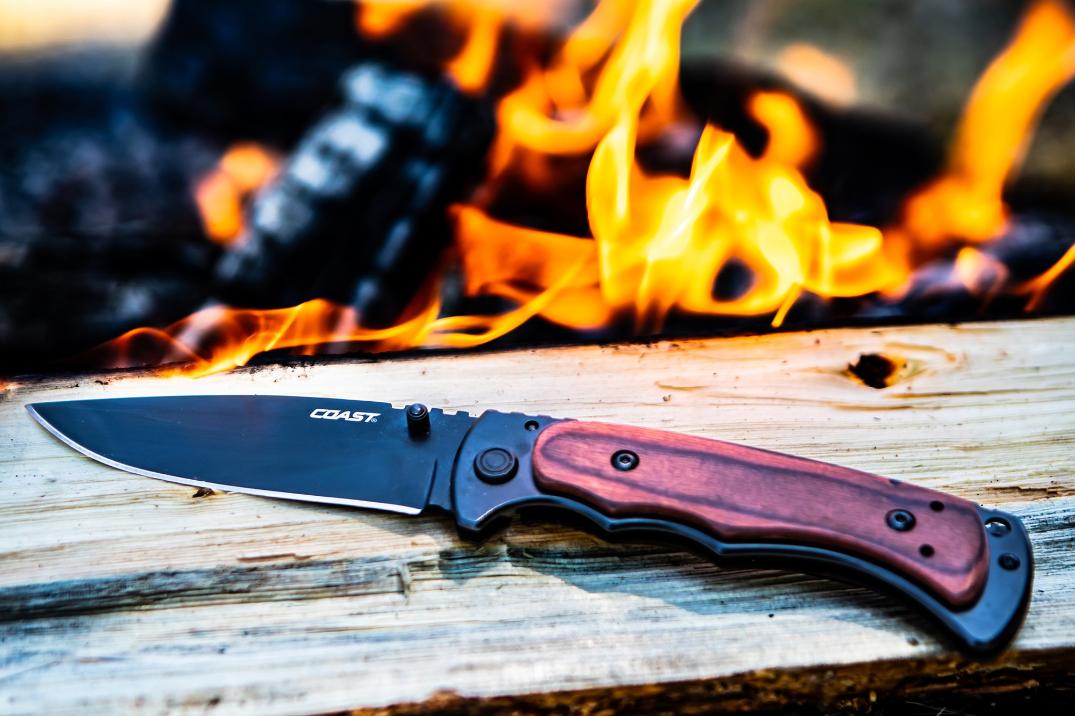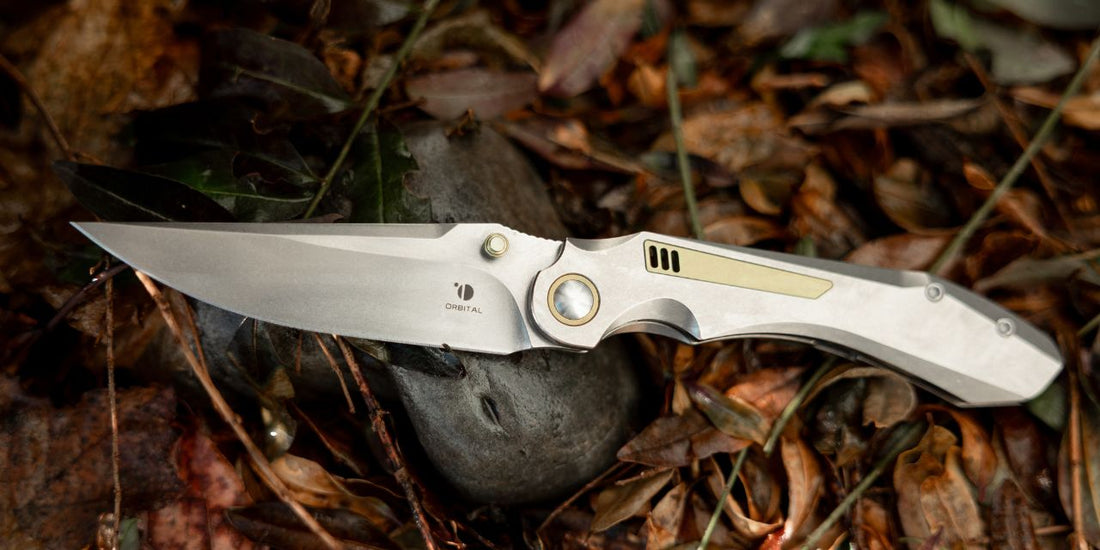In the world of culinary arts, the choice between a plain edge vs serrated edge knife can significantly impact your kitchen performance. As a kitchen professional, you understand that the right tool can make all the difference in efficiency and precision. But when it comes to choosing between these two blade types, what should you consider? Let's dive into the details and explore the advantages and disadvantages of plain and serrated edges to determine which one best suits your needs.

Understanding Plain Edge Knives
Plain edge knives are characterized by a smooth, continuous blade that offers precision cutting. These knives are ideal for slicing, dicing, and chopping because they allow for clean cuts, making them a favorite among chefs for tasks that require accuracy.
The primary advantage of a plain edge is its ability to make controlled and precise cuts. This is particularly useful when working with delicate ingredients like herbs, vegetables, and fillets of fish. The smooth blade allows for slicing without tearing, preserving the texture and presentation of the food.
However, plain edge knives require regular maintenance to maintain their sharpness. Regular honing and occasional sharpening are necessary to keep the edge razor-sharp. For tips on maintaining your knives, you can read this knife maintenance schedule.
Deciphering Serrated Edge Knives
Unlike plain edge knives, serrated edge knives feature saw-like teeth along the blade. This design is particularly effective for cutting through hard crusts or tough exteriors, such as bread, tomatoes, and citrus fruits. The jagged edge grips and tears through the surface, minimizing crushing or squashing.
Serrated knives are ideal for tasks that don't require as much precision, but rather demand a strong grip on slippery or resistant surfaces. Because the teeth of the blade do most of the work, serrated knives tend to stay sharp longer than plain edge knives, requiring less frequent sharpening.
Choosing Between Plain and Serrated Edges for Your Kitchen
When deciding between a plain edge vs serrated edge knife, consider the types of tasks you perform most frequently in your kitchen. If your work involves intricate cuts and delicate presentations, a plain edge knife will likely be your go-to tool. On the other hand, if you often deal with crusty breads or fruits with thick skins, a serrated knife will prove invaluable.
For many kitchen professionals, having both types of knives in their arsenal is the best solution. This allows you to take advantage of the unique benefits of each edge type as needed.
Moreover, understanding blade edge types can further enhance your knife skills and ensure you choose the right tool for each culinary challenge.

Maintaining Your Knives
Regardless of your choice between plain edge vs serrated edge, proper maintenance is crucial. Plain edge knives require regular honing and occasional sharpening to stay in top condition. Serrated knives, while requiring less frequent sharpening, still need care to keep the teeth effective.
Investing in a high-quality sharpening tool or service is essential for maintaining the longevity and performance of your knives. For more on knife care, check out this knife maintenance schedule.
Conclusion: The Edge You Choose Matters
The debate of plain edge vs serrated edge knives ultimately boils down to personal preference and the specific tasks you face in the kitchen. While plain edge knives offer precision and control, serrated edges excel in tackling challenging surfaces. For the versatile kitchen professional, having both types available ensures you are prepared for any culinary task.
For further reading on different knife types, you can explore this comprehensive guide.
FAQs
1. What are the main benefits of a plain edge knife?
The primary benefits include precision, control, and the ability to create clean cuts, which is essential for tasks requiring accuracy.
2. Why might a serrated edge knife require less frequent sharpening?
Serrated knives have teeth that do the cutting, which means they retain their sharpness longer compared to plain edge knives.
3. Can I sharpen a serrated knife at home?
Yes, but it requires a special sharpening tool designed for serrated edges. Alternatively, professional sharpening services can ensure optimal results.
This article contains affiliate links. We may earn a commission at no extra cost to you.


























